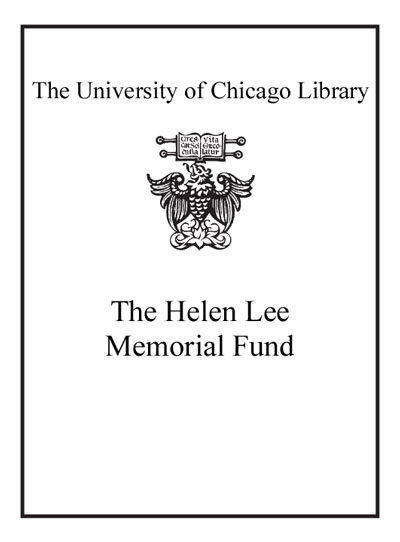Review by Choice Review
Homo sapiens, Homo faber, Homo ludens, and Homo militans represent the "struggle and opposition" of human being. Respectively, the human struggle for knowledge, creation, enjoyment, and domination constitute the "very core" of one's reflective existence. This latest work by Langan (emer., U. Toronto) is philosophical anthropology written in the phenomenological tradition. His unveiling of the multilayered dimensions of human being (considered individually as well as more generally) is deeply indebted to both the Catholic and Heideggerian traditions. The conclusion drawn is simple and important: "human beings can face the challenge of a rapidly changing technological world by reactivating perennial human existential structures ... including love, the divine, and the very search for meaning itself." Although this work would be enriched by some familiarity with Langan's earlier books (Tradition and Authenticity in the Search for Ecumenic Wisdom, CH, Sep'92, 30-0215; The Catholic Tradition, 1998; and Surviving the Age of Virtual Reality, 2000), it is also capable of standing alone as a richly informative study of the human condition. Summing Up: Recommended. Upper-level undergraduates through faculty/researchers. H. Storl Augustana College (IL)
Copyright American Library Association, used with permission.
Review by Choice Review

